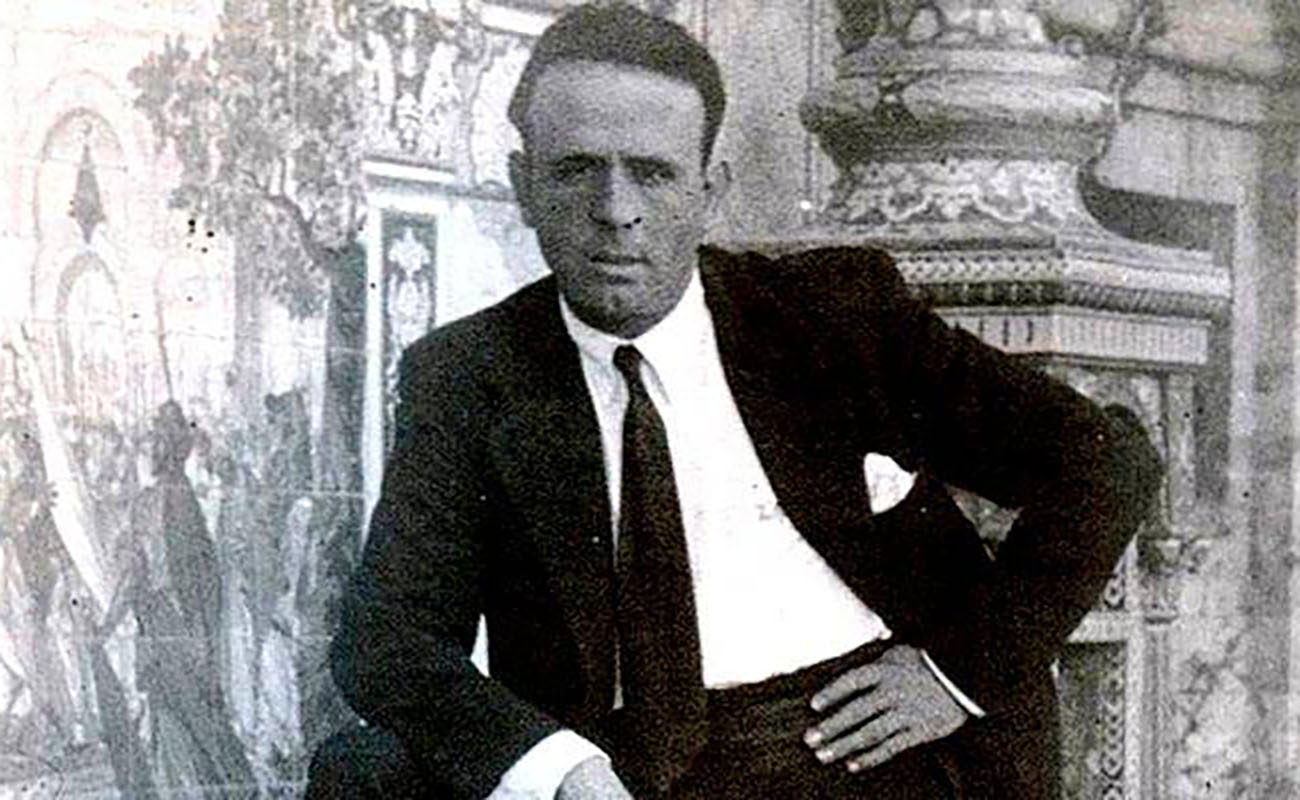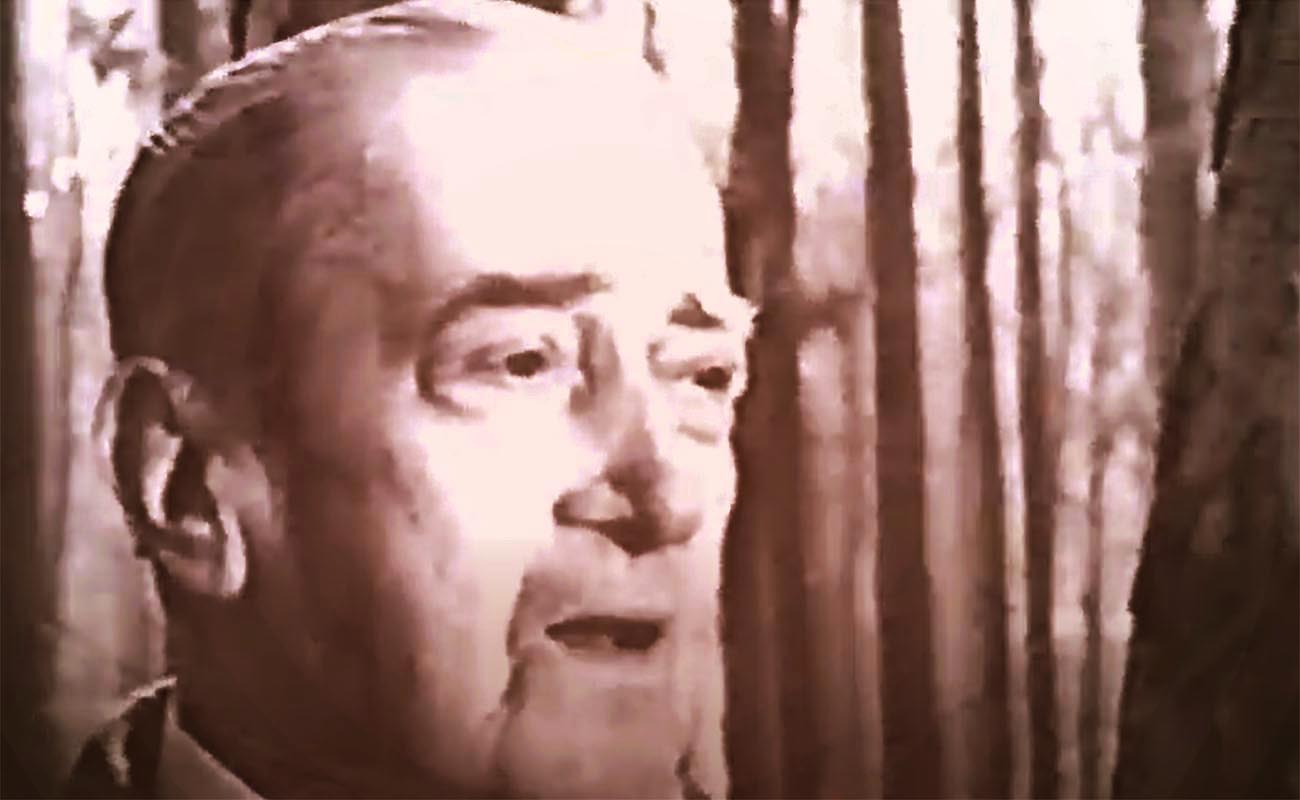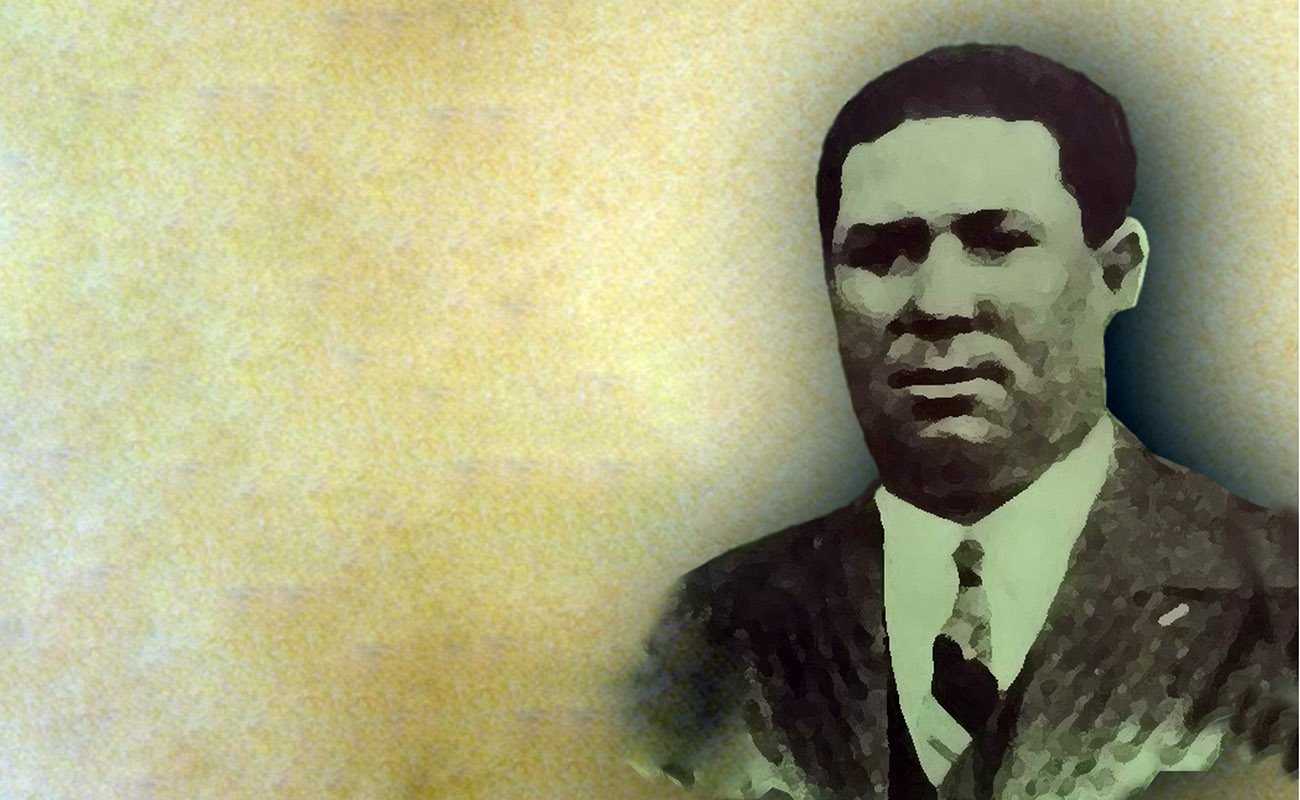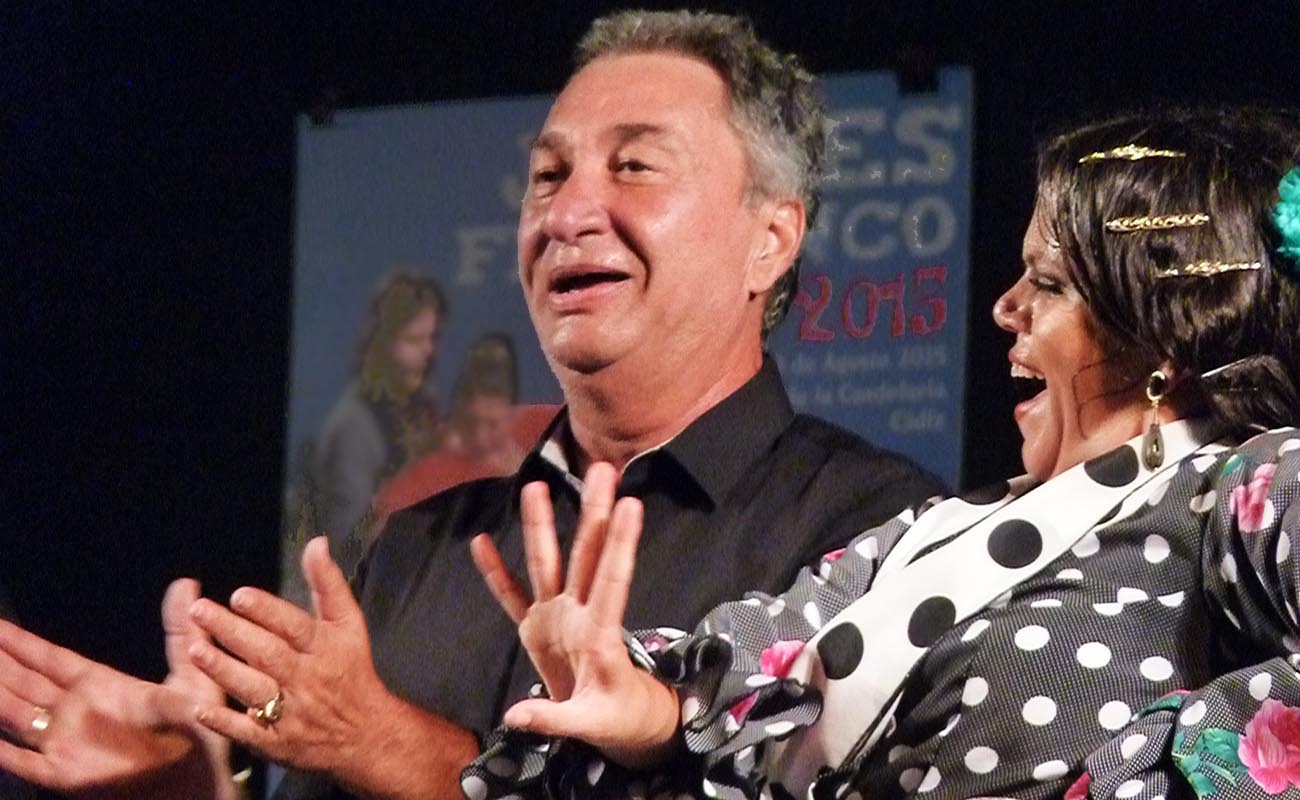Sixty years without Vallejo
On August 7th we will celebrate the 60th anniversary of the death of a genius of cante flamenco: Manuel Jiménez y Martínez de Pinillos, universally known by his stage name Manuel Vallejo. He was born in 1891, in the narrow Padilla alley of the San Luis Street in the San Marcos neighborhood, one of the most flamenco areas in Seville,

On August 7th we will celebrate the 60th anniversary of the death of a genius of cante flamenco: Manuel Jiménez y Martínez de Pinillos, universally known by his stage name Manuel Vallejo. He was born in 1891, in the narrow Padilla alley of the San Luis Street in the San Marcos neighborhood, one of the most flamenco areas in Seville, close to the La Feria neighborhood and to La Alameda de Hércules. When Vallejo was born, Ramón el Ollero, Paco el Sanluqueño and Antonio Frijones lived near his house, on Palomas street. Niña de los Peines was just 18 months old, living on the Puerta Osario neighborhood (also in Seville), where her brother Tomás would be born three years later. 22-year old Antonio Chacón already lived in Seville, in La Alameda, and six years earlier the father of Rubia de Málaga had killed the celebrated Canario de Álora in the Nevería del Chino, a venue next to the Triana bridge used as summer café by El Burrero. The bailaoras Juana la Macarrona, La Malena, Concha la Carbonera, the Antúnez sisters and Coquineras del Puerto also lived in La Alameda at the time, just like the popular cantaor Paco la Luz and his daughters La Serrana and La Sordita, who lived at Lumbreras street, where Caracol was born and where the guitarist family los Triano de Éjida lived. That is, Vallejo was born in an area and in an age crucial in flamenco history, that’s why he sang like he did, becoming one of the flamenco geniuses of his time. His cante had the flavor of Seville. Antonio Mairena used to say the purity in flamenco was, among other things, to be able to convey the flavor of the landscape, and don Manuel’s cante had the flavor of Seville and the flavor of his time, just like Manolito de María’s cante had the flavor of a Alcalá de Guadaíra, and Joselero’s cante had the flavor of Morón. You may have noticed that Vallejo and Niña de los Peines sang in a very similar way, each with their own nuances of course: in the way of adapting their cante to the melody, in their breathing, in their compás, in their musicality and in their grace. Niño Medina also had a similar style, although he was a little older. Medina arrived at Alameda de Hércules as a child prodigy of cante when Vallejo and Pastora were still learning how to walk. Yet, all of them grew up in the same environment and learned from the same masters, so their styles had to be similar. Each of them had their own personal nuances, but in essence, in the basics, they were from the same school, the school of Seville. Soon La Moreno and Manuel Torres would appear in this city, making La Alameda the world’s flamenco center, without forgetting the influences of Jerez, Cádiz and Málaga. Seville’s flamenco school cannot be conceived without these other lands, although that’s something seldom taken into consideration. Fandango, for example, one style revolutionized by Vallejo, had been greatly influenced by Pepe Rebollo and Antonio Rengel, both from Huelva. That is something we can notice when listening to three leading fandangueros of Seville: Pepe Pinto, El Carbonerillo and Manolo Caracol. They would soon be joined by Niño de Marchena and, a little later, by two other geniuses: Niño Gloria and El Sevillano. Vallejo also used to visit Triana often, when he was young, where he might have met Cagancho (who died in 1913). Vallejo and Tomás Pavón were regular visitors of Triana and, even as their singing style was different, they were about the same age (Tomás was two years younger) and lived in the same environment. Both would sing the cantes de Triana by seguiriyas, for example. We would reach interesting conclusions if, at the time of analysing the legacy of cantaores, we paid attention to those things: where the artists were born, where they lived, which influences they had, etc. Yet, if you are only interested in enjoying cante, regardless, then Manuel Vallejo left us an impressive discography. Enjoy it.




